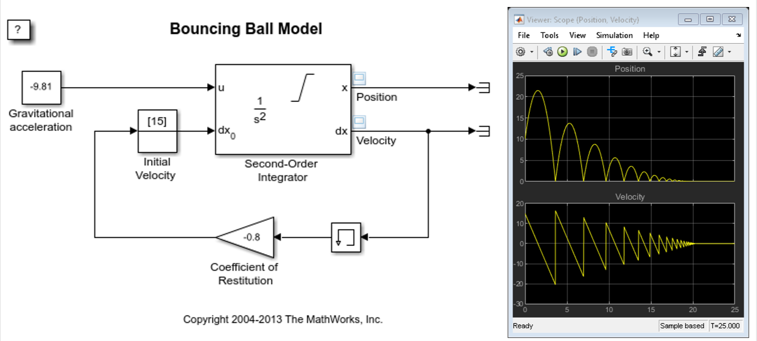Simulate Robots with Sim.I.am
Jiro's pick this week is Sim.I.am by Jean-Pierre de la Croix.
This week, I had a trip to University of Cincinnati with my colleague (and fellow blogger) Sean de Wolski. There, I did a session titled "Enabling Project-Based Learning with MATLAB, Simulink, and Hardware". Project-based learning is a "collaborative education style facilitated by teachers, aimed at increasing students' retention of content in a way that is directly engaging, through projects applicable to life outside of the classroom." There are various tools that would serve the purpose of engaging students, and MATLAB and Simulink are certainly among them.
With MATLAB and Simulink, you can have software-based projects (simulations) and hardware-based projects. I wrote about some of the hardware support that is included with Simulink, and this allows you to easily take what you have in simulation onto low cost hardware. However, when you are trying to implement a project-based learning approach for a class of hundreds of students, purchasing hardware devices for every student becomes impractical. In that case, simulation becomes even more important.
Jean-Pierre is a Ph.D. student in GRITSLab at Georgia Tech (my alma mater!). Sim.I.am is a simulator that can be used to learn and apply control theory for mobile robots. The robot used in the simulator is based on the Khepera III (K3) mobile robot. This File Exchange submission comes with a detailed manual for the simulator, although the App is user-friendly and self-explanatory. What I like even more is the collection of programming exercises included with the package. It's ready to be used in a robotics course right away!
In this animation, you can see a target-seeking algorithm in action. The green dot indicates the target that the robot seeks.

At my session at University of Cincinnati, I also talked about a similar MATLAB-based Simulator for the iRobot® Create®. This simulator works alongside the MATLAB-iRobot Create interface, and this allows students to test their control algorithms they developed in simulation on the actual robot.
You can find other project-based learning materials created by people from around the world in the MATLAB Courseware page. Check out the Hardware for Project-Based Learning page to see what kind of hardware platforms interface with MATLAB and Simulink.
Comments
Are you involved with project-based learning? Let us know about it here and leave a comment for Jean-Pierre.
- カテゴリ:
- Picks








コメント
コメントを残すには、ここ をクリックして MathWorks アカウントにサインインするか新しい MathWorks アカウントを作成します。